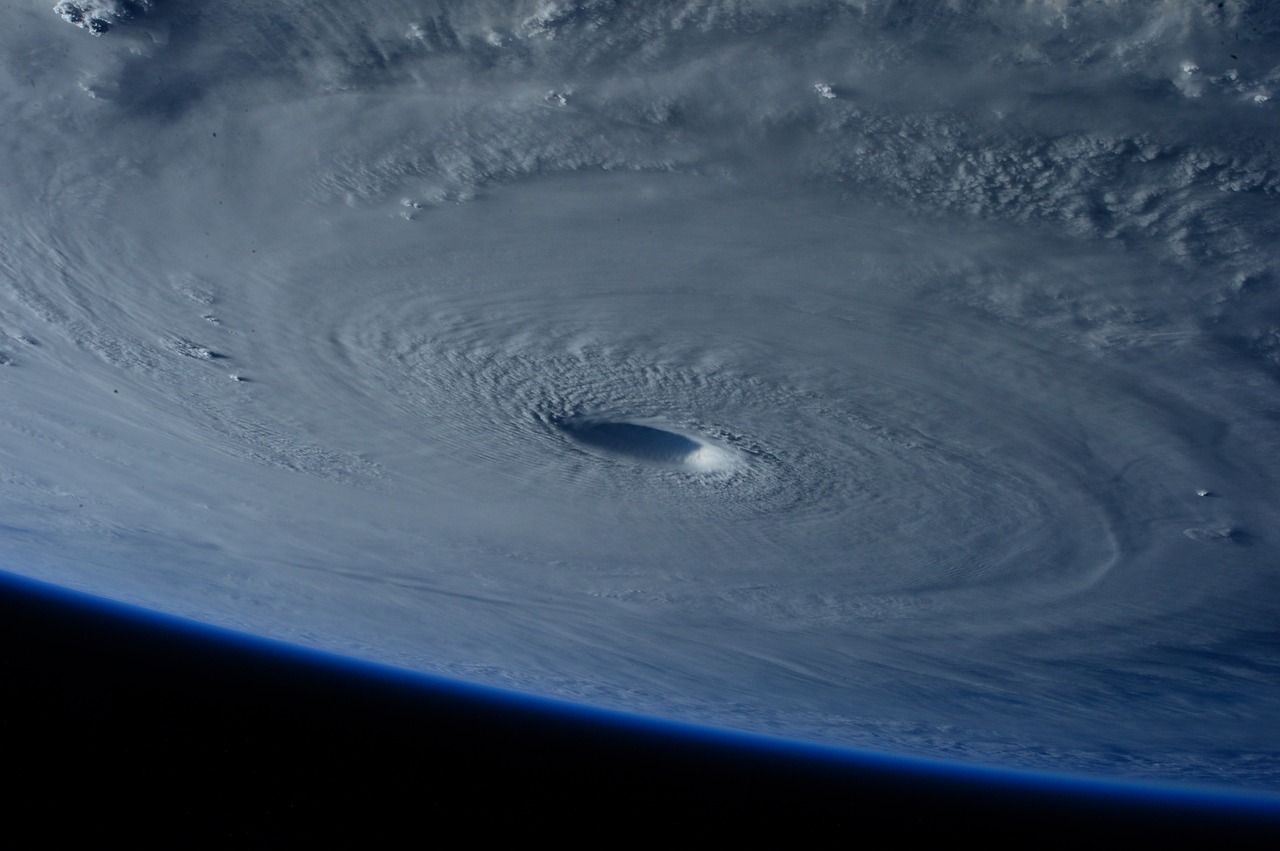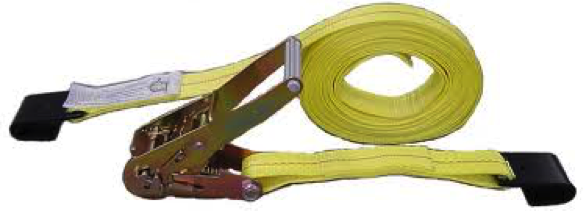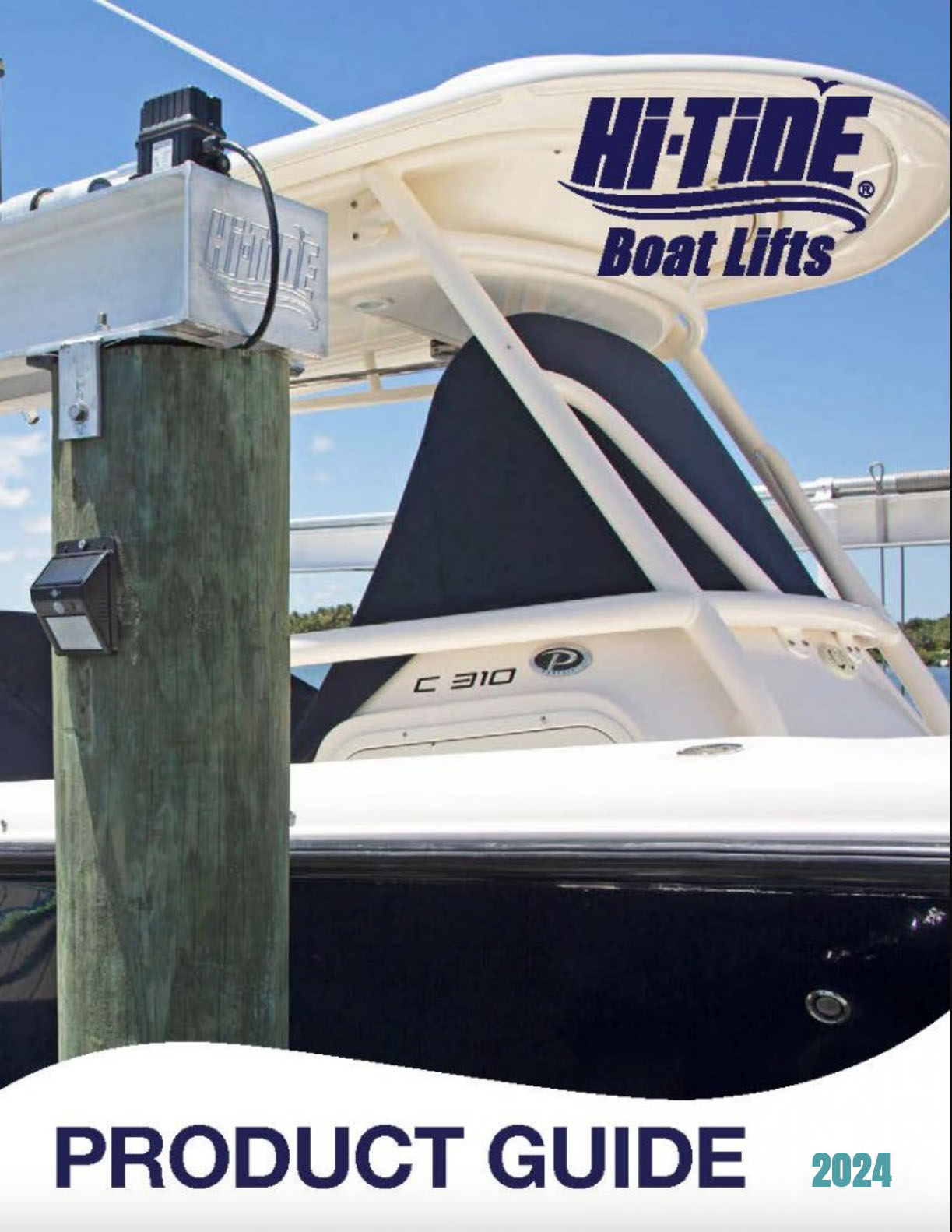
If you are enjoying the pleasures of boating in the coastal marine environment, you will most likely have to deal with the threat of severe weather at some point. With sustained high-speed winds and a large coverage area, hurricanes are the most dramatic of these events, often making for a high potential for destruction. The good news is that there is plenty of time to prepare. While the best solution is to relocate the vessel out of the storm area, this may not be practical based on personal safety factors and limited availability of time and resources.
If your only option is to leave your vessel on its boatlift, step one is to secure the vessel. Remove and store canvas, cushions, or any other exposed, loose items that may be caught and destroyed by the wind. If possible you can “bag off” for rain protection any critical gear for example engines, generators, electronics. It may not be a good idea to cover batteries as that may trap escaping gasses and create an explosion hazard.
The most critical factor in hurricane preparation is to create a draining system to prevent water from accumulating in the hull and overloading the lift or flood motors and batteries. It is not wise to rely on bilge pumps for water evacuation since they can be rendered useless in a storm, therefore leaving your vessel vulnerable. Almost all boats are equipped with an external drain plug located at the lowest point of the vessel. This drain plug needs to be removed to allow for gravity drainage. Also, don’t forget to check for potential debris obstruction at the main hull drain and in the bulkheads toward the bow. Water must be able to flow freely.
Once the vessel’s loose items are secured, the next step is to secure the vessel within the lift system. At this point, a judgment call must be made. All mechanical lift systems, pile-mounted lifts, elevators, and davits have maximum lifting height. This is the highest point that you will be able to raise your boat. If you do not know what that height is, please contact your manufacturer or your installing contractor for assistance in determining what that elevation is. If an estimated storm surge height will exceed the limits of the lift, you may want to create an alternate storage method in your hurricane preparation plan.

If we assume that you can raise your lift high enough to keep your boat above the estimated surge height, the goal is then to secure the vessel to an adjacent structure. This will prevent the vessel from moving on the lift system, as well as adding temporary additional bracing to the lift structure. While there are many ways to bolster additional support, the methods that are presented here involve the tie-down approach. This method is easily deployed before a storm and easily removed after the winds have subsided. A set of high capacity ratchet straps may make the task easier but the same goal can be achieved with the vessel’s mooring lines. Look around the lift system for other solid structures – this will commonly be a dock pile, but items such as trees, securely fastened cleats, or even the vessel’s anchor can be used!
When the vessel is secured, the ideal line position will be as far fore and aft as possible, 90˚ to the centerline of the boat and 45˚ down from the horizontal plane of the fastening point on the vessel. If the anchor points on the adjacent structures aren’t in the correct location, just get as close as you can with as many lines as you can.

Raise the boat within about two feet of its maximum storage height; if you are using ratchet straps you can raise the vessel to its maximum storage height. Tie the mooring lines to a solid structure on the vessel and then to the anchor points selected on land. Use of proper knots (a bowline or clove hitch) will make releasing the lines much easier later. Once the lines are secured, raise the lift and boat to the maximum height to create additional tension in the lines. This process may take some experimentation with the ropes, knots and lift travel needed to get everything secured. During this process, be aware that the additional tension being added to the lines adds load to the lift. Make sure not to make power of the lift cause an induced overload situation. If you are using ratchet straps, the process becomes a bit easier – you simply need to connect the straps and tighten them down. If you are talented with mooring lines, you can utilize a “trucker’s knot” to post-tension the lines while tying the vessel in its maximum height storage position. While there are no guarantees in a storm, at least you can rest assured that you made your best attempt to secure the vessel. That hurricane preparation may come in very handy when discussing your insurance settlement with your adjuster.
Author: Craig Wood

